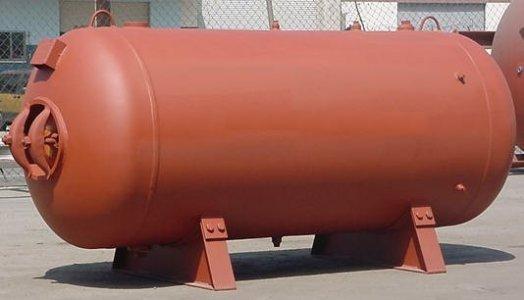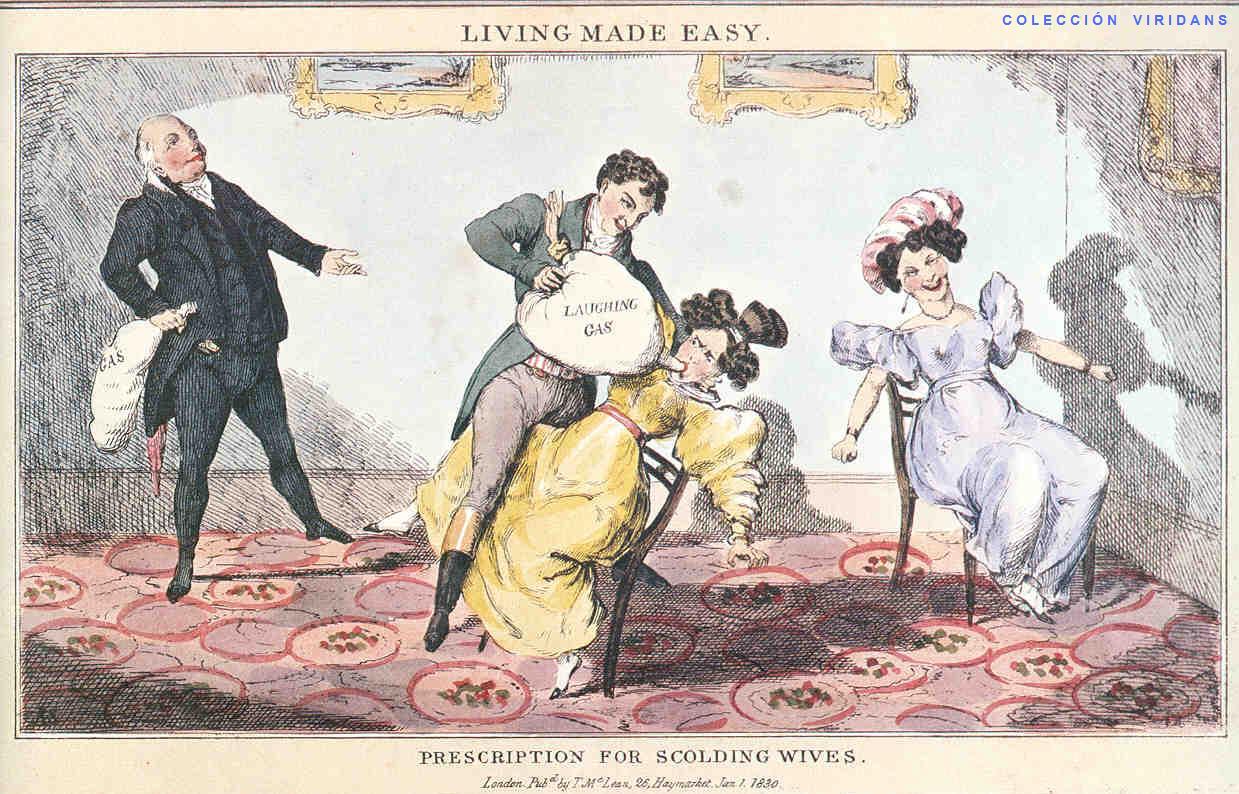|
Gas Duster
A gas duster, also known as compressed air or canned air, is a product used for cleaning or dusting electronic equipment and other sensitive devices that cannot be cleaned using Water#Washing, water. This type of product is most often packaged as a can that, when a trigger is pressed, blasts a stream of compressed gas through a nozzle at the top. Despite the names "canned air" or "compressed air", the cans do not actually contain air (i.e. do not contain Oxygen, O2 or Nitrogen, N2 gases) but rather contain other gases that are compressible into liquids. True liquid air is not practical, as it cannot be stored in metal spray cans due to extreme pressure and temperature requirements. Common duster gases include hydrocarbon alkanes, like butane, propane, and isobutane, and hydrofluorocarbons like 1,1-Difluoroethane, 1,1-difluoroethane, 1,1,1-Trifluoroethane, 1,1,1-trifluoroethane, or tetrafluoroethane, 1,1,1,2-tetrafluoroethane which are used because of their lower flammability. W ... [...More Info...] [...Related Items...] OR: [Wikipedia] [Google] [Baidu] |
1,1,1,2-Tetrafluoroethane
1,1,1,2-Tetrafluoroethane (also known as norflurane ( INN), R-134a, Klea 134a, Freon 134a, Forane 134a, Genetron 134a, Green Gas, Florasol 134a, Suva 134a, HFA-134a, or HFC-134a) is a hydrofluorocarbon (HFC) and haloalkane refrigerant with thermodynamic properties similar to R-12 (dichlorodifluoromethane) but with insignificant ozone depletion potential and a lower 100-year global warming potential (1,430, compared to R-12's GWP of 10,900). It has the formula CFCHF and a boiling point of −26.3 °C (−15.34 °F) at atmospheric pressure. R-134a cylinders are colored light blue. A phaseout and transition to HFO-1234yf and other refrigerants, with GWPs similar to CO2, began in 2012 within the automotive market. Uses 1,1,1,2-Tetrafluoroethane is a non-flammable gas used primarily as a "high-temperature" refrigerant for domestic refrigeration and automobile air conditioners. These devices began using 1,1,1,2-tetrafluoroethane in the early 1990s as a replaceme ... [...More Info...] [...Related Items...] OR: [Wikipedia] [Google] [Baidu] |
Pressure Vessel
A pressure vessel is a container designed to hold gases or liquids at a pressure substantially different from the ambient pressure. Construction methods and materials may be chosen to suit the pressure application, and will depend on the size of the vessel, the contents, working pressure, mass constraints, and the number of items required. Pressure vessels can be dangerous, and fatal accidents have occurred in the history of their development and operation. Consequently, pressure vessel design, manufacture, and operation are regulated by engineering authorities backed by legislation. For these reasons, the definition of a pressure vessel varies from country to country. The design involves parameters such as maximum safe operating pressure and temperature, safety factor, corrosion allowance and minimum design temperature (for brittle fracture). Construction is tested using nondestructive testing, such as ultrasonic testing, radiography, and pressure tests. Hydrostatic pressure t ... [...More Info...] [...Related Items...] OR: [Wikipedia] [Google] [Baidu] |
Paralysis
Paralysis (: paralyses; also known as plegia) is a loss of Motor skill, motor function in one or more Skeletal muscle, muscles. Paralysis can also be accompanied by a loss of feeling (sensory loss) in the affected area if there is sensory damage. In the United States, roughly 1 in 50 people have been diagnosed with some form of permanent or transient paralysis. The word "paralysis" derives from the Greek language, Greek παράλυσις, meaning "disabling of the nerves" from παρά (''para'') meaning "beside, by" and λύσις (''lysis'') meaning "making loose". A paralysis accompanied by involuntary tremors is usually called "palsy". Causes Paralysis is most often caused by damage in the nervous system, especially the spinal cord. Other major causes are stroke, Physical trauma, trauma with nerve injury, poliomyelitis, cerebral palsy, peripheral neuropathy, Parkinson's disease, ALS, botulism, spina bifida, multiple sclerosis and Guillain–Barré syndrome. Incidents th ... [...More Info...] [...Related Items...] OR: [Wikipedia] [Google] [Baidu] |
Inhalant
Inhalants are a broad range of household and industrial chemicals whose volatile vapors or pressurized gases can be concentrated and breathed in via the nose or mouth to produce intoxication, in a manner not intended by the manufacturer. They are inhaled at room temperature through volatilization (in the case of gasoline or acetone) or from a pressurized container (e.g., nitrous oxide or butane), and do not include drugs that are sniffed after burning or heating. While a few inhalants are prescribed by medical professionals and used for medical purposes, as in the case of inhaled anesthetics and nitrous oxide (an anxiolytic and pain relief agent prescribed by dentists), this article focuses on inhalant use of household and industrial propellants, glues, fuels, and other products in a manner not intended by the manufacturer, to produce intoxication or other psychoactive effects. These products are used as recreational drugs for their intoxicating effect. According to a 1995 ... [...More Info...] [...Related Items...] OR: [Wikipedia] [Google] [Baidu] |
Alcohol (drug)
Alcohol, sometimes referred to by the chemical name ethanol, is the active ingredient in alcoholic drinks such as beer, wine, and distilled spirits (hard liquor). Alcohol is a central nervous system (CNS) depressant, decreasing Action potential, electrical activity of neurons in the brain, which causes the characteristic effects of alcohol intoxication ("drunkenness"). Among other effects, alcohol produces euphoria, anxiolytic, decreased anxiety, increased sociability, sedation, and impairment of cognitive, memory, motor control, motor, and sense, sensory function. Alcohol has a variety of adverse effects. Short-term effects of alcohol consumption, Short-term adverse effects include generalized impairment of neurocognitive function, dizziness, nausea, vomiting, and symptoms of hangover. Alcohol is addiction, addictive and can result in alcohol use disorder, Substance dependence, dependence, and Alcohol withdrawal syndrome, withdrawal upon cessation. The long-term effects of ... [...More Info...] [...Related Items...] OR: [Wikipedia] [Google] [Baidu] |
Hypoxia (medical)
Hypoxia is a condition in which the body or a region of the body is deprived of an adequate oxygen supply at the tissue (biology), tissue level. Hypoxia may be classified as either ''Generalized hypoxia, generalized'', affecting the whole body, or ''local'', affecting a region of the body. Although hypoxia is often a pathological condition, variations in arterial oxygen concentrations can be part of the normal physiology, for example, during strenuous physical exercise. Hypoxia differs from hypoxemia and anoxemia, in that hypoxia refers to a state in which oxygen present in a tissue or the whole body is insufficient, whereas hypoxemia and anoxemia refer specifically to states that have low or no Oxygen saturation (medicine), oxygen in the blood. Hypoxia in which there is complete absence of oxygen supply is referred to as anoxia. Hypoxia can be due to external causes, when the breathing gas is hypoxic, or internal causes, such as reduced effectiveness of gas transfer in the lung ... [...More Info...] [...Related Items...] OR: [Wikipedia] [Google] [Baidu] |
Carbon Dioxide
Carbon dioxide is a chemical compound with the chemical formula . It is made up of molecules that each have one carbon atom covalent bond, covalently double bonded to two oxygen atoms. It is found in a gas state at room temperature and at normally-encountered concentrations it is odorless. As the source of carbon in the carbon cycle, atmospheric is the primary carbon source for life on Earth. In the air, carbon dioxide is transparent to visible light but absorbs infrared, infrared radiation, acting as a greenhouse gas. Carbon dioxide is soluble in water and is found in groundwater, lakes, ice caps, and seawater. It is a trace gas Carbon dioxide in Earth's atmosphere, in Earth's atmosphere at 421 parts per million (ppm), or about 0.042% (as of May 2022) having risen from pre-industrial levels of 280 ppm or about 0.028%. Burning fossil fuels is the main cause of these increased concentrations, which are the primary cause of climate change.IPCC (2022Summary for pol ... [...More Info...] [...Related Items...] OR: [Wikipedia] [Google] [Baidu] |
Difluoroethane
{{chemistry index ...
Difluoroethane may refer to: * 1,1-Difluoroethane, used as a refrigerant and propellant for aerosol sprays * 1,2-Difluoroethane, primarily used in refrigerants, foam blowing agents, solvents and fluoropolymers See also * Difluoroethene * Dichloroethane Dichloroethane can refer to either of two isomeric organochloride Organochlorine chemistry is concerned with the properties of organochlorine compounds, or organochlorides, organic compounds that contain one or more carbon–chlorine bonds. The c ... [...More Info...] [...Related Items...] OR: [Wikipedia] [Google] [Baidu] |
Nitrous Oxide
Nitrous oxide (dinitrogen oxide or dinitrogen monoxide), commonly known as laughing gas, nitrous, or factitious air, among others, is a chemical compound, an Nitrogen oxide, oxide of nitrogen with the Chemical formula, formula . At room temperature, it is a colourless Flammability#Definitions, non-flammable gas, and has a slightly sweet scent and taste. At elevated temperatures, nitrous oxide is a powerful Oxidising agent, oxidiser similar to molecular oxygen. Nitrous oxide has significant Nitrous oxide (medication), medical uses, especially in surgery and dentistry, for its Anesthesia, anaesthetic and Analgesic, pain-reducing effects, and it is on the WHO Model List of Essential Medicines, World Health Organization's List of Essential Medicines. Its colloquial name, "laughing gas", coined by Humphry Davy, describes the Euphoria, euphoric effects upon inhaling it, which cause it to be used as a recreational drug inducing a brief "Dissociative, high". When abused chronically ... [...More Info...] [...Related Items...] OR: [Wikipedia] [Google] [Baidu] |
Inhalant Abuse
Inhalants are a broad range of household and industrial chemicals whose volatile vapors or pressurized gases can be concentrated and breathed in via the nose or mouth to produce intoxication, in a manner not intended by the manufacturer. They are inhaled at room temperature through volatilization (in the case of gasoline or acetone) or from a pressurized container (e.g., nitrous oxide or butane), and do not include drugs that are sniffed after burning or heating. While a few inhalants are prescribed by medical professionals and used for medical purposes, as in the case of inhaled anesthetics and nitrous oxide (an anxiolytic and pain relief agent prescribed by dentists), this article focuses on inhalant use of household and industrial propellants, glues, fuels, and other products in a manner not intended by the manufacturer, to produce intoxication or other psychoactive effects. These products are used as recreational drugs for their intoxicating effect. According to a 1995 ... [...More Info...] [...Related Items...] OR: [Wikipedia] [Google] [Baidu] |
Bitterant
A bitterant (or bittering agent) is a chemical that is added to a product to make it olfaction, smell or taste Taste#Bitterness, bitter. Bitterants are commonly used as aversive agents to discourage the inhalation or ingestion of toxic substances. Examples of use *The addition of a bitterant to ethanol Denatured alcohol, denatures the product. *Bitterants are used in antifreeze to prevent pet and child poisonings. It is required by law in some places (France, Oregon, etc.). *Gas dusters often use a bitterant to discourage inhalant abuse, although this can cause problems for legitimate users. The bitterant not only leaves a bitter flavor in the air, but also leaves a bitter residue on objects, like screens and keyboards, that may transfer to hands and cause problems (such as when eating). *Nintendo game card#Nintendo Switch, Game cartridges for the Nintendo Switch are coated with denatonium as a safety feature to deter small children from Pica (disorder), ingesting them. *Some but ... [...More Info...] [...Related Items...] OR: [Wikipedia] [Google] [Baidu] |





